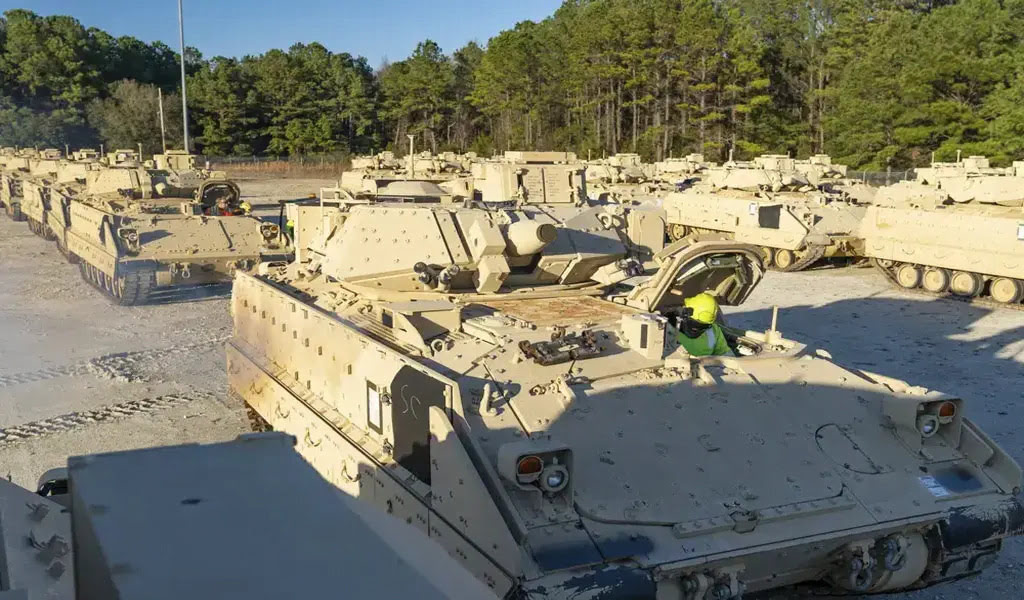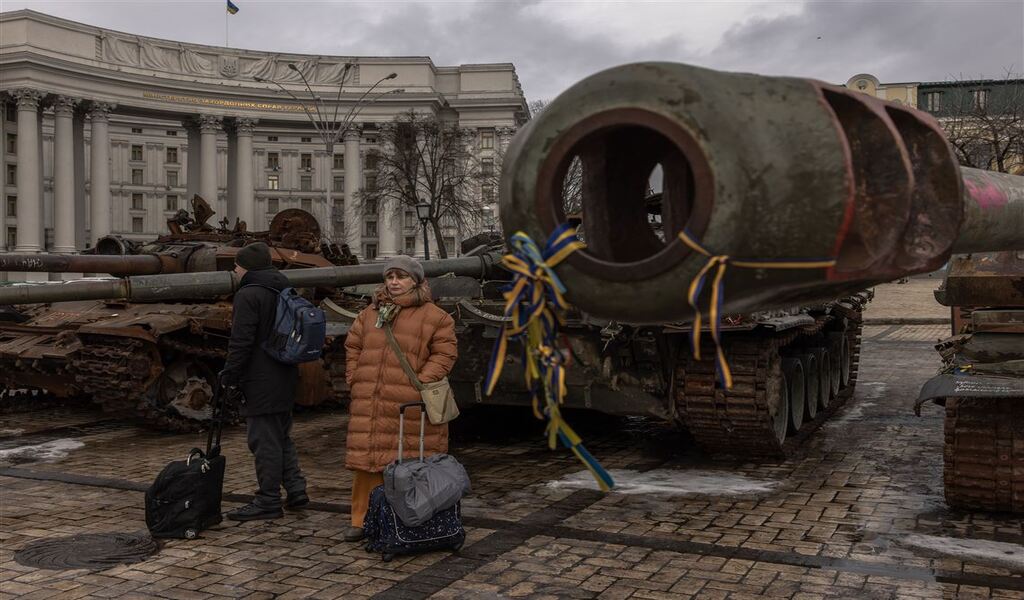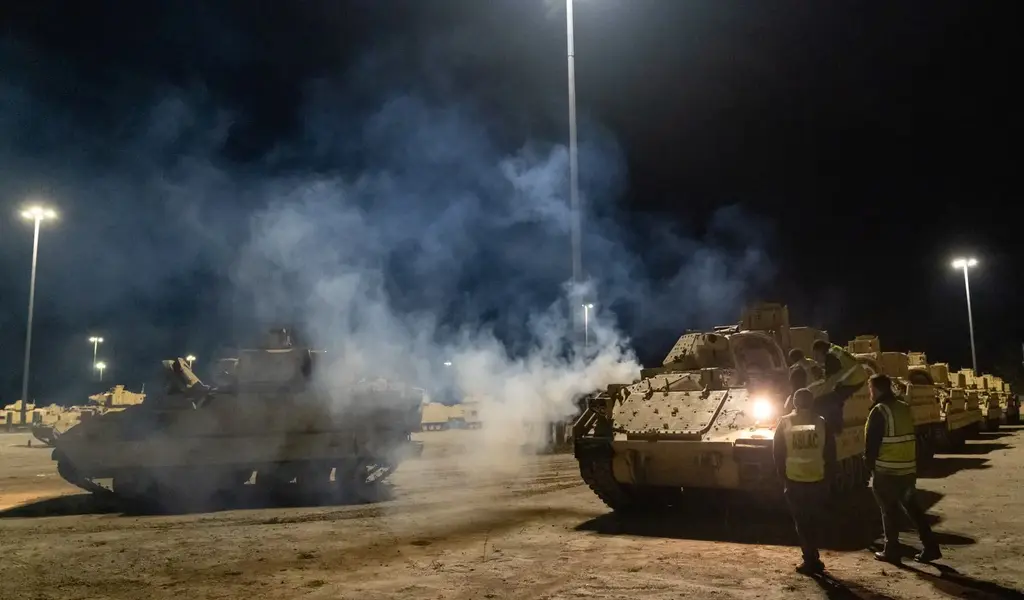(CTN NEWS) – WASHINGTON – U.S. officials confirmed Thursday that the new weapons would have roughly twice the range of any other offensive weapon supplied by America To Ukraine.
And that the U.S. has finally agreed to send longer-range bombs to Ukraine as it gets ready to launch a spring offensive to retake territory, Russia captured last year.
According to numerous U.S. sources, the $2.17 billion aid package the country is scheduled to unveil on Friday would include ground-launched small-diameter bombs.
To help Ukraine better protect itself against Russian missile attacks, the package also, for the first time, contains equipment to connect all the various air defense systems that Western partners have hurried to the battlefield.

Officials in the United States have been hesitant to provide longer-range systems to Ukraine for months out of fear that they might be used to attack Russian territory, worsening the conflict and entangling the United States more.
Longer-range bombs are the most recent high-tech system that the United States has finally agreed to give Ukraine after initially refusing, along with Abrams tanks and the Patriot missile defense system.
However, American officials have persisted in denying Ukraine’s pleas for combat jets.
Officials announced on Thursday that the United States would deliver an unspecified number of the ground-launched, small-diameter bombs, which range around 95 miles.
In response to the urgent request for longer-range munitions from Ukrainian commanders (150 kilometers). The officials discussed information on the aid package that has not yet been made public under the condition of anonymity.

The U.S.’s longest-range missile ranges around 50 miles (80 kilometers).
The money provided by the aid package is intended for longer-term purchases; thus, it was unclear on Thursday how soon the bomb would reach the Ukrainian battlefield.
On Thursday, Oleksii Reznikov, Ukraine’s defense minister, said that Kyiv needs weapons with a range of up to 300 kilometers (about 185 miles) to drive out the Russian forces.
And Kyiv is willing to assure its Western allies that their weapons won’t be used to strike inside Russian territory.
At a meeting with EU representatives, Reznikov stated, “If we could strike at a distance of up to 300 kilometers, the Russian army wouldn’t be able to mount a defense and would have to evacuate.

Ukraine is prepared to offer any assurances that your weaponry won’t be used in strikes on Russian territory.
We have adequate targets in the parts of Ukraine under occupation, and we’re ready to work with our allies to collaborate on these targets.”
The U.S. aid plan includes $1.75 billion in fresh financing through the Ukraine Security Assistance Initiative, which is used to buy new weapons from the industry.
And $425 million in ammunition and support equipment will be taken from current Pentagon stocks.
The support program includes funds for two HAWK air defense systems, anti-aircraft weapons and ammunition, and counter-drone equipment in addition to the longer-range bombs and the integration of the air defense system.

The most recent aid package aims to provide the capability to integrate all of the air defense systems that Western allies have pledged to Ukraine since Russia’s invasion last February.
To supplement its Soviet-made S-300 surface-to-air missile defense systems. This could increase Ukraine’s ability to defend itself against incoming Russian attacks.
The United States has committed to sending medium- to long-range National Advanced Surface-to-Air Missile Systems, or NASAMS, and truck-launched, short-range Avenger air defense systems.
In addition, the Netherlands, Germany, and the United States have committed to sending Patriot missile defense systems.
Germany has also committed to sending medium-range IRIS-T air defense systems, and Spain has sent Aspide anti-aircraft air defense systems.

Reuters was the first to disclose that the most recent aid package included longer-range bombs.
Since the start of the conflict, U.S. President Joe Biden has opposed sending F-16 fighter jets to Ukraine.
When questioned about whether his government was considering sending F-16 fighter fighters to Ukraine on Monday, Biden said, “No.”
On Tuesday, the question of whether Biden’s rejection of the F-16 was final was put to the Ukrainian military minister.
All forms of assistance must first get through the “no” stage, according to Reznikov, which means “no” at this particular time.
“Let’s talk and analyze technological options” is the second stage. The third phase is “Let’s train your staff.” And the transfer (of equipment) is the fourth stage.
RELATED CTN NEWS:
Japan Tightens Sanctions Against Russia Following Deadly Missile Strikes In Ukraine
U.S. And Philippines Plans To Expand American Military Presence






